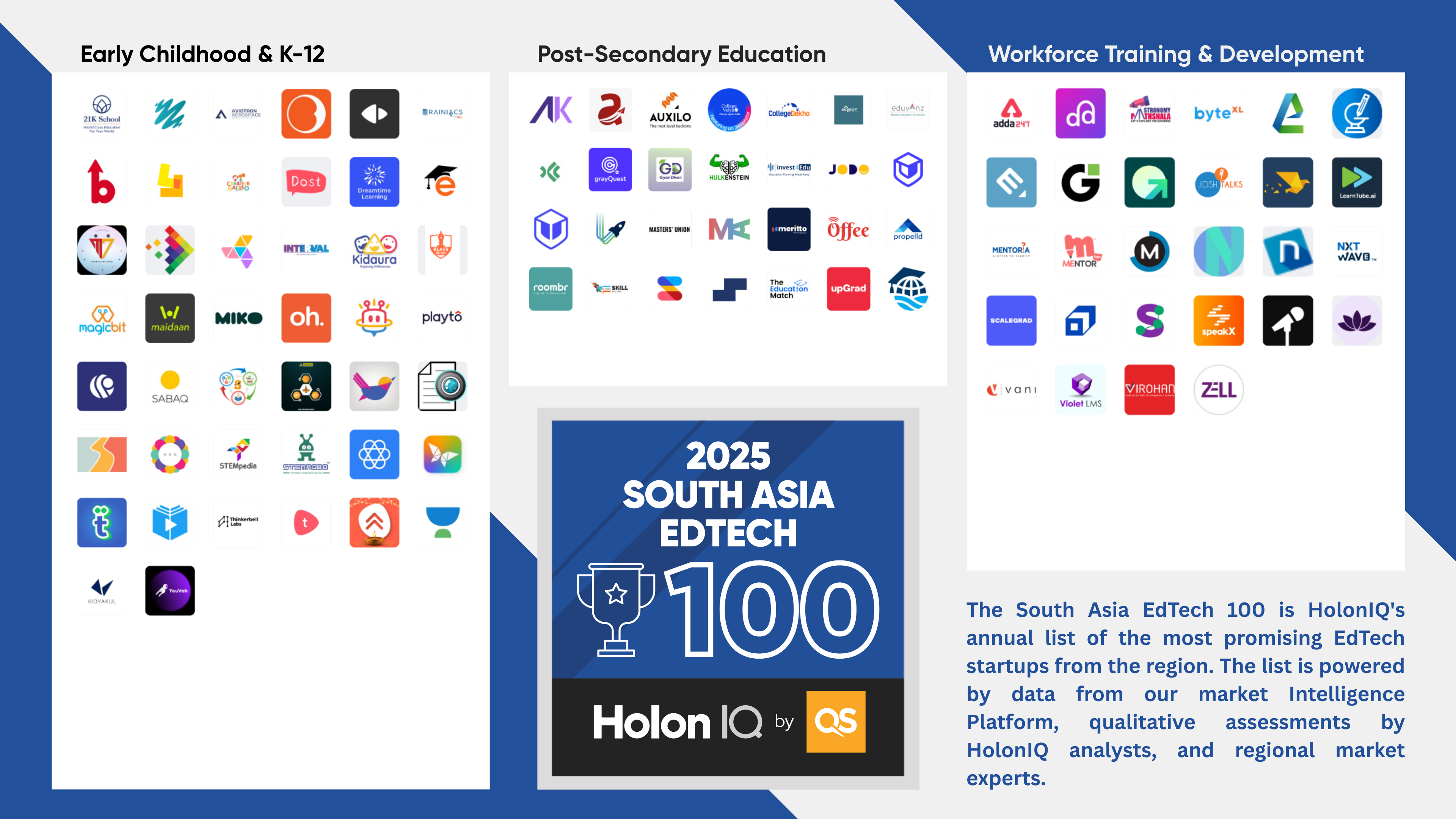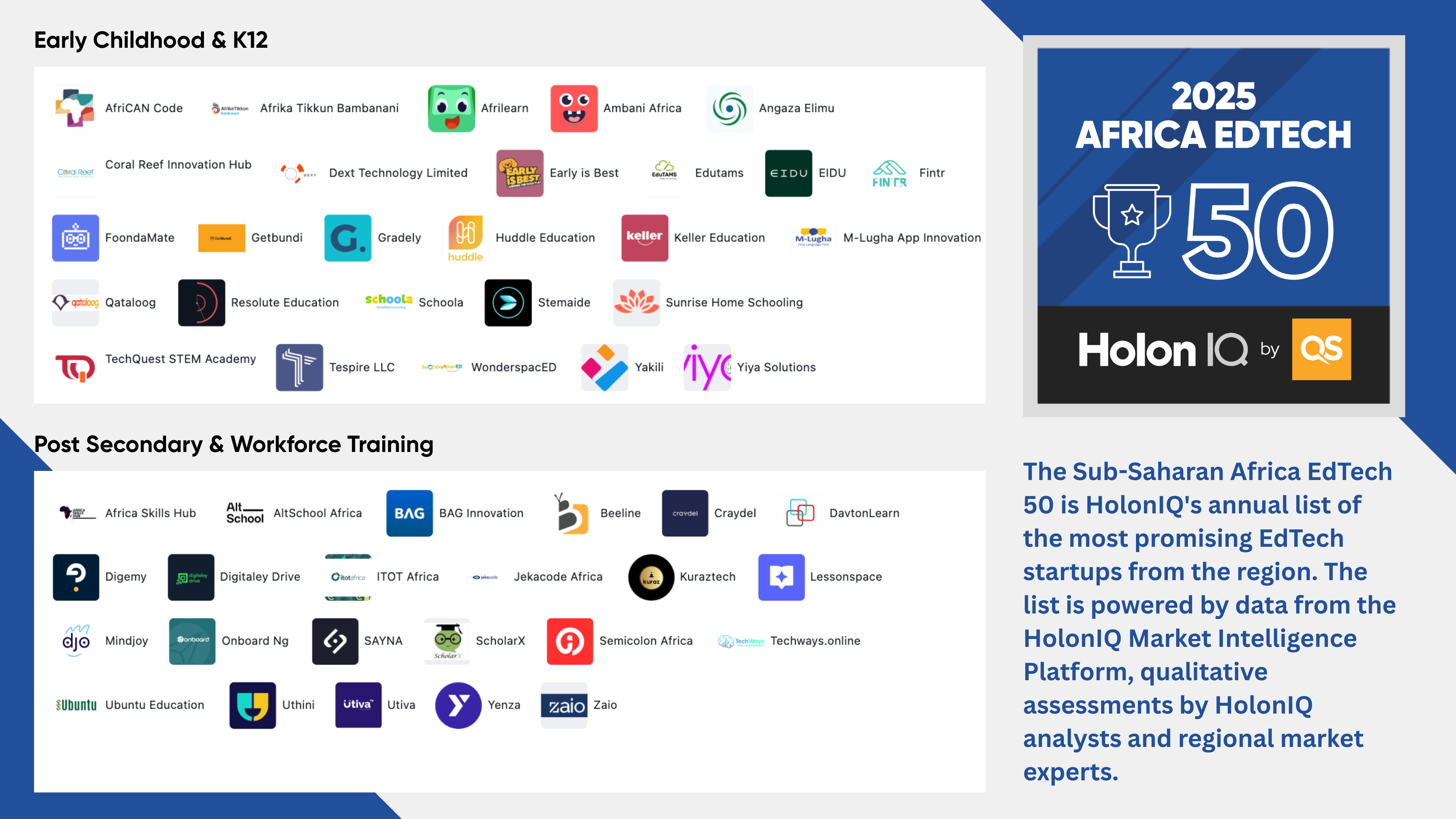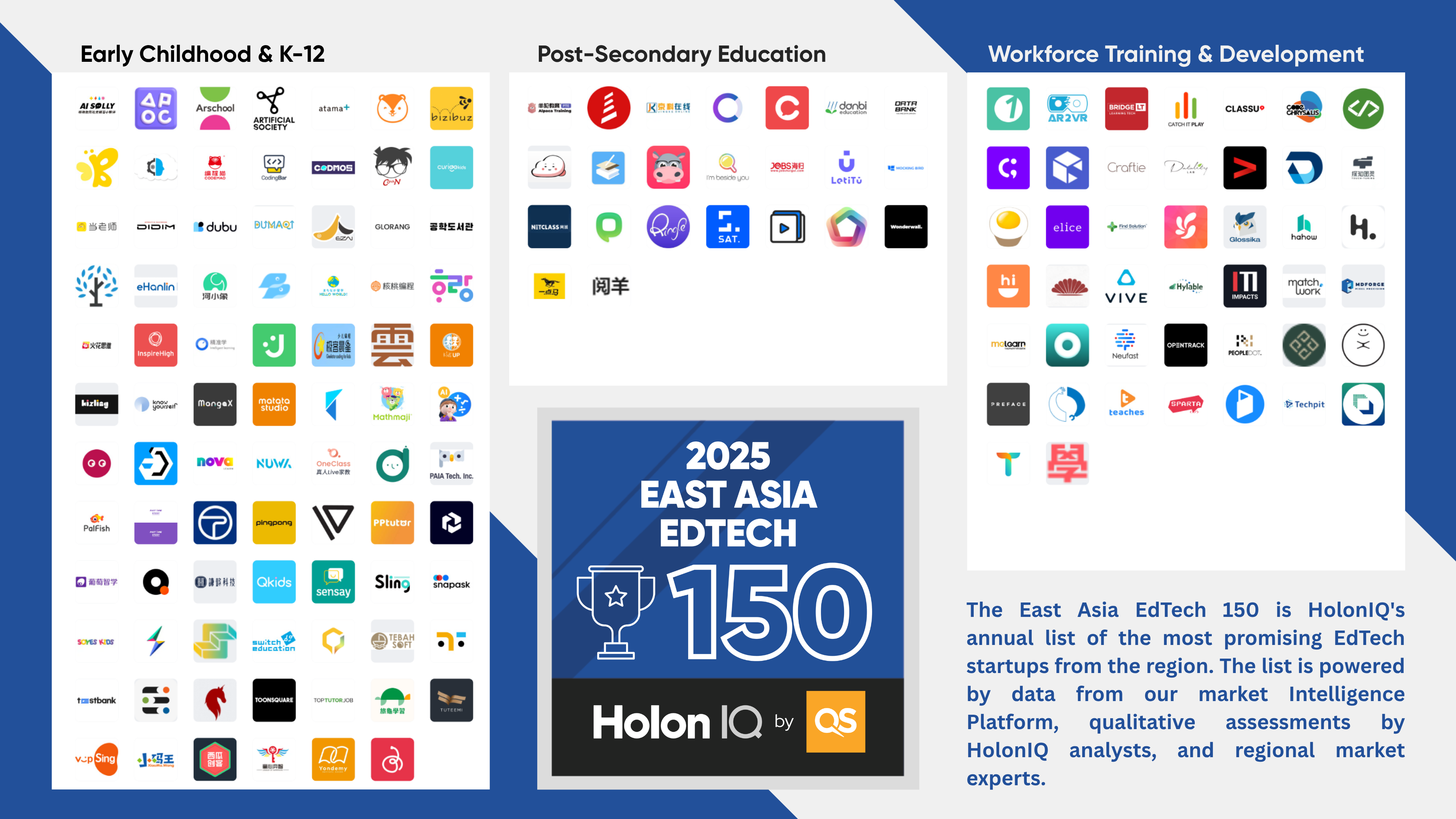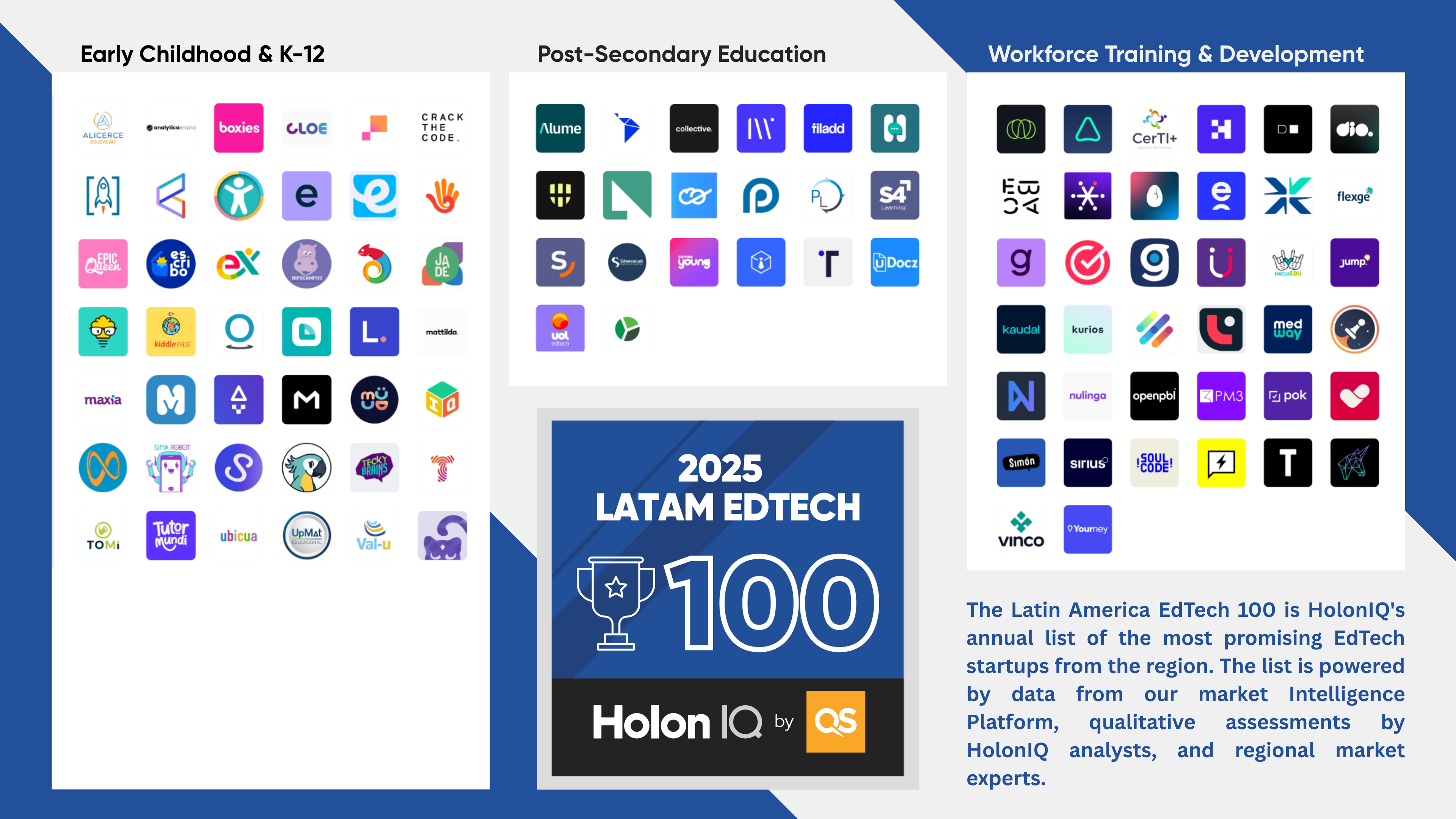Chinese language learning is a $7.4B market today, growing at 12% in a highly fragmented and digital native ecosystem.
1 in 4 people on earth are active language learners. It is potentially the world’s largest cohort of learners, more than the total number of students enrolled in K12 and Higher Education combined. Approximately 1.8 billion people are actively striving to achieve proficiency at a second or additional language. While the overwhelming majority of language learners are seeking to learn English as second language (we estimate a little over 1.4 billion, from casual through to formal academic learning), Chinese is the fastest growing language learning market, particularly in digital.
Over the past 50 years, China has emerged as a major global economic powerhouse. Since China began to open up and reform its economy in the late 1970's, GDP growth has averaged 9%, and now classified as 'an upper-middle-income' country, has in the process lifted more than 800 million people out of poverty, according to the World Bank. China's growing global importance is not limited to economic and technological advancements, but includes a rich culture and history, with more people than ever before learning the Chinese language, studying Chinese art, and engaging with Chinese film, literature and cuisine.










.png)







